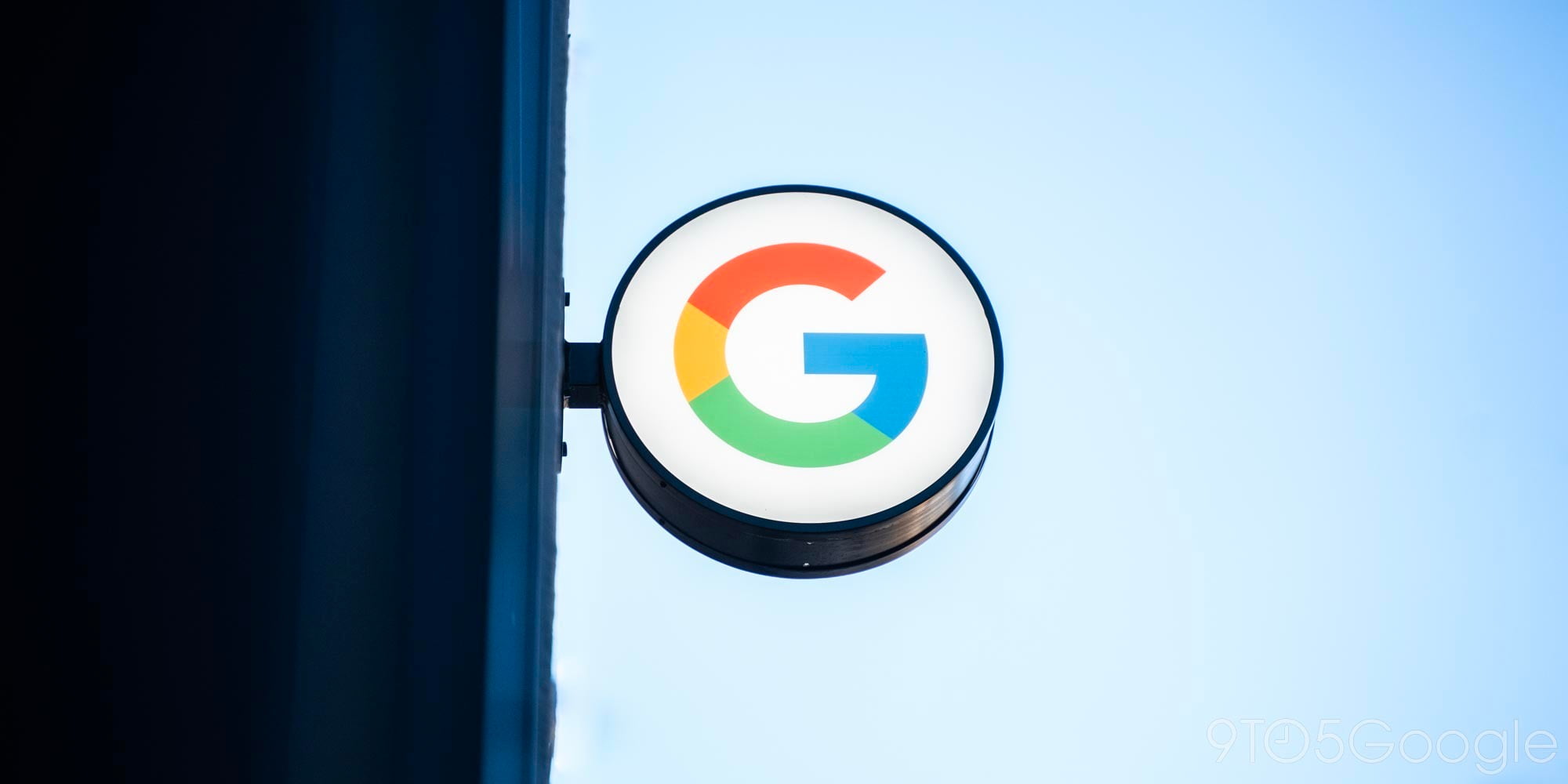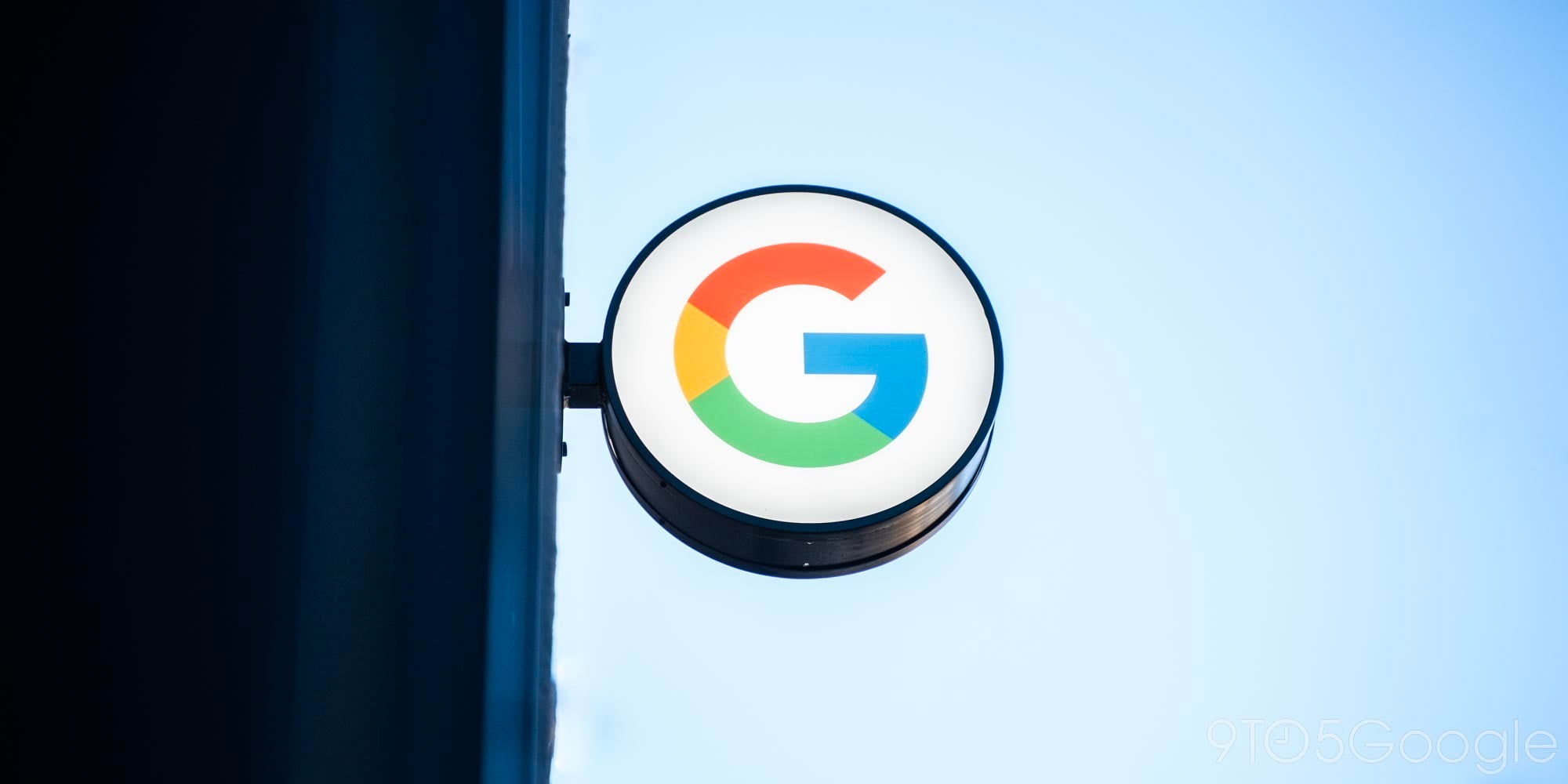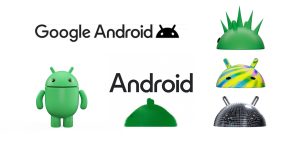
Following the Mac, Windows, and Linux release on Tuesday, Chrome 67 is now rolling out for Android. Developers will be better suited to create virtual reality experiences and other apps thanks to new APIs in this version, while the standard security and bug fixes are present. There are also several design tweaks, but most still require a flag to enable.
This version begins testing the new WebXR Device API as part of Google’s push into web-based virtual reality that allows for unified, platform-agnostic experiences. It supports mobile devices and portable VR headsets like Daydream, as well desktop-connected rigs from HTC and Oculus. Developers can create experiences like 360 degree videos, video presented in virtual surroundings, data visualization, home shopping, art, and games.
Related to creating mobile experiences in Chrome 67 is the new Generic Sensor API. Websites can access a mobile device’s accelerometer, gyroscope, orientation sensor, and motion sensor — the latter being a fusion of the first two sensors and the magnetometer for use as a virtual compass.
In version 67, Google began work on a horizontal tab switcher that replaces the current vertical one. Enabled with the below flag, the iteration included in this update features overlapping cards and is very similar to the current version. A future version in development is more akin to Android P’s Recents menu.
chrome://flags/#enable-horizontal-tab-switcher
- Current
- Chrome 67 Beta
Chrome 67 also revamps the video player interface with a cleaner, more minimalist design and double-tap gestures to rewind/unwind.
- Chrome 66
- Chrome 67
Another minor change sees Google revamp the favicons for various system pages. Less noticeable on mobile, chrome://flags features a new icon that is more colorful and now a beaker instead of a radioactive warning sign.
Chrome 67 for Android and desktops is rolling out now, with Chrome OS following shortly.
Check out 9to5Google on YouTube for more news:
FTC: We use income earning auto affiliate links. More.




Comments